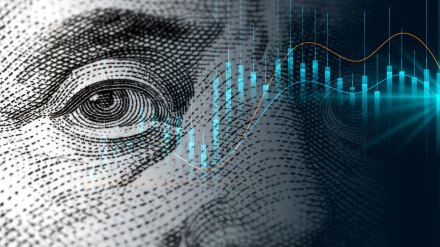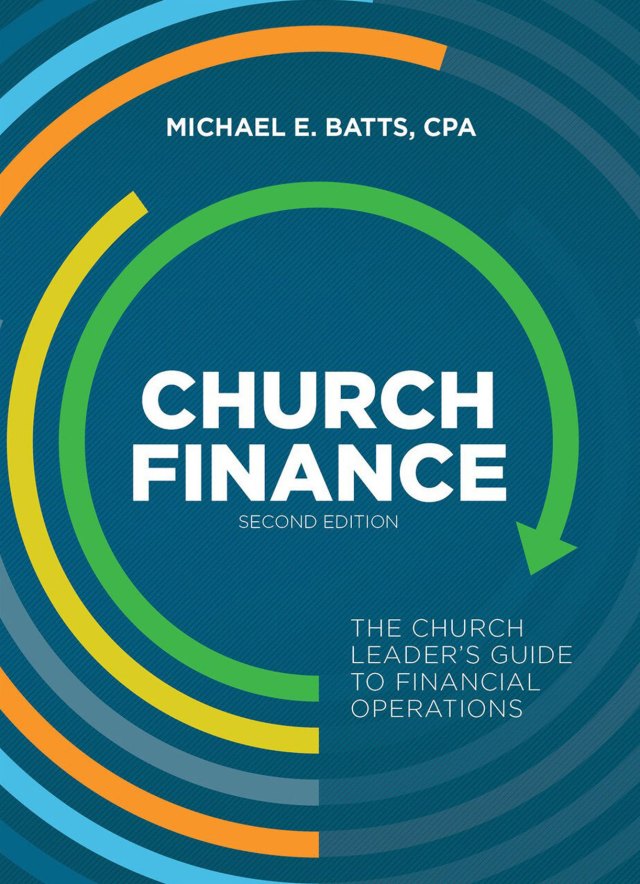A capital reserve account is one that is established to save money in a designated account to pay for a major capital expenditure (replacement, repurposing, and so on) when an expensive item’s effective life is over.
For example, the average life of your church’s HVAC systems may be 15 years. If you spend $100,000 on a new HVAC system today, how much should you set aside in a reserve account to have the adequate funds to replace it in 15 years? Is it $100,000? More? Less?
Here are five considerations that will help determine future costs and develop a capital reserve account for any inevitable expenditures:
Deferred maintenance. If you have any deferred maintenance, you must develop a plan to bring things current based on their age and expected life. If that is not done prior to developing the ongoing capital reserves, you will always be playing catch up.
Current replacement value. What would it cost today to replace the item?
Expected life. How many years of life are still expected from this item?
Annual inflation. As you look at the economic environment, what percentage of annual inflation would be prudent to plan on?
Annual budget. Based on the above four considerations, how much money should be set aside every year?
Adapted from 5 Intentional Steps to Establish a Capital Reserve Account, an eBook from the Cool Solutions Group.





